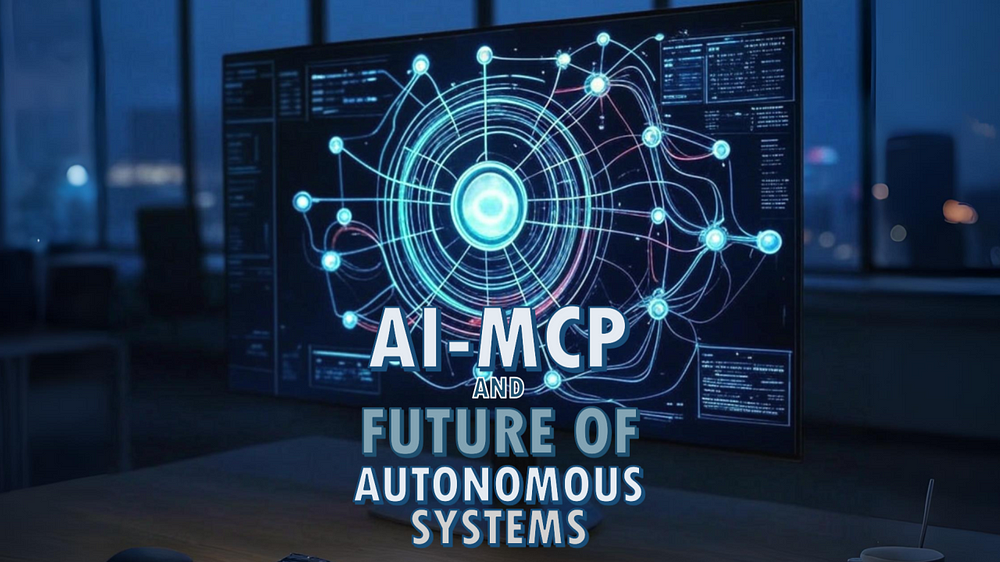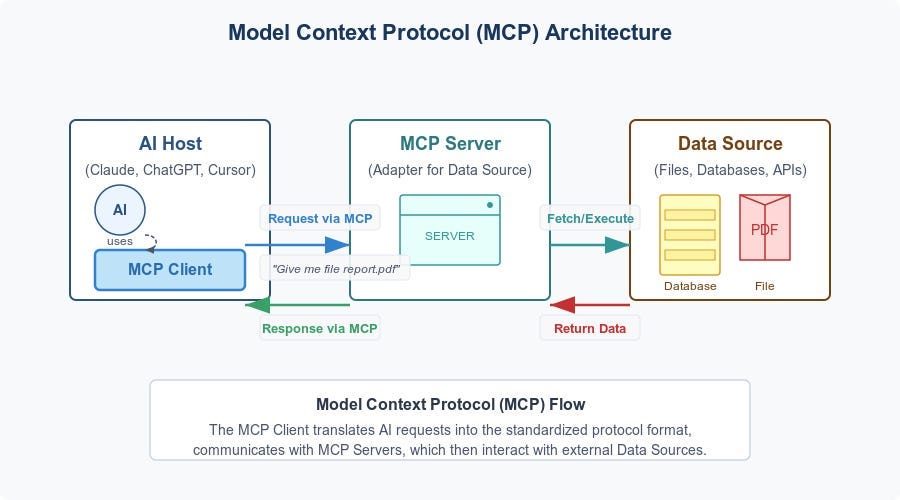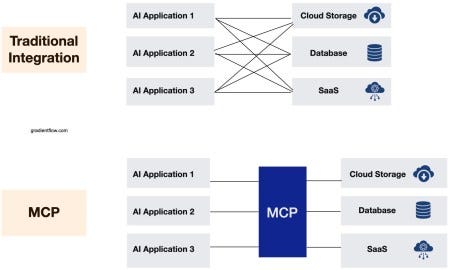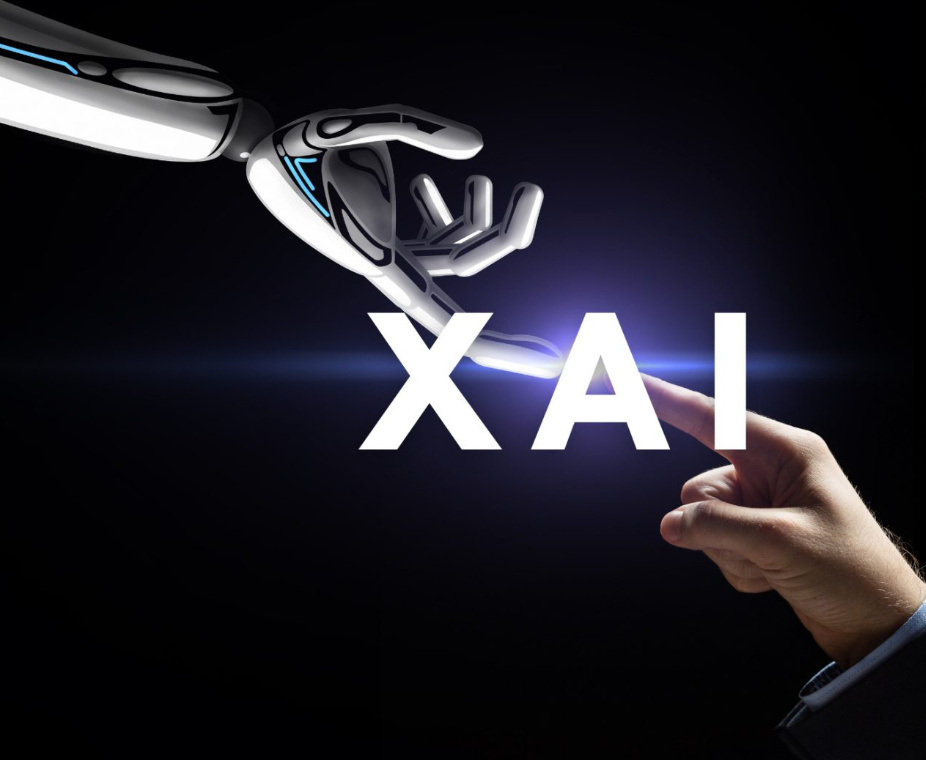Google Search: An End of an Era? Navigating the Shifting Sands of Information Discovery
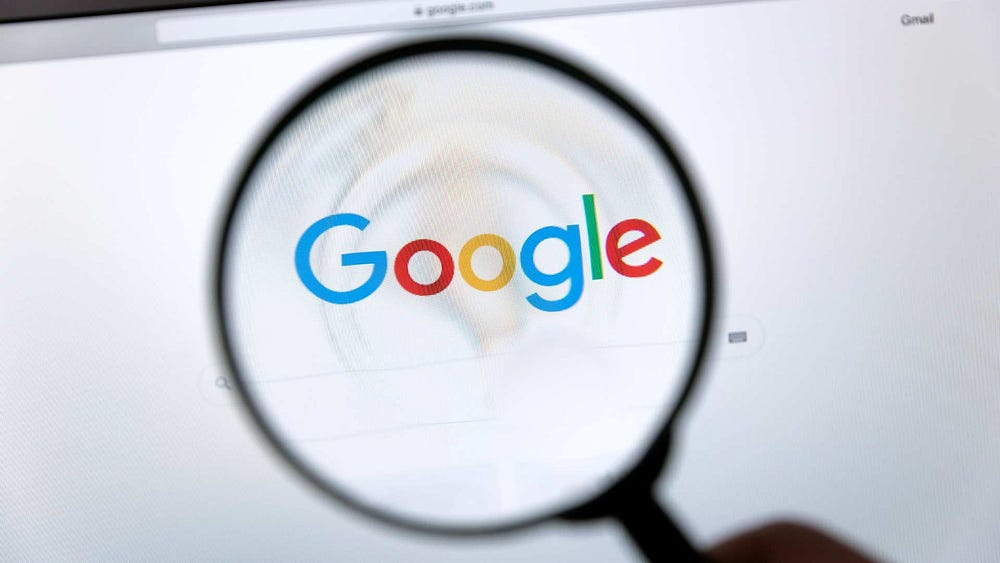
For over two decades, one name has been synonymous with finding information online: Google. To “Google it” became a ubiquitous phrase, a verb in its own right, signifying the instantaneous retrieval of answers from the vast expanse of the internet. Google Search, with its seemingly simple interface of a search bar and a button, redefined how we accessed knowledge, made decisions, and connected with the world. It ushered in an era of unprecedented information accessibility, democratizing data and empowering billions.
But today, whispers are turning into roars, and questions are being asked: Is the era of Google Search as we know it coming to an end? Is the familiar paradigm of “ten blue links” being eclipsed by a new, more dynamic, and potentially disruptive way of finding answers? While Google Search isn’t vanishing overnight, the rapid advancements in Artificial Intelligence and shifts in user behavior suggest that the reign of traditional web search might indeed be concluding an era, giving way to something profoundly different.
This blog post will delve into what defined the “Google Search era,” explore the powerful forces challenging its established dominance, acknowledge Google’s enduring strengths, and finally, envision what the next chapter of information discovery might look like.
The Defining Features of the “Google Search Era” (circa 1998–2023)
To understand if an era is ending, we must first define it. The “Google Search era” can be characterized by several key aspects that shaped our online experience for generations:
Keyword-Centric Querying: For the longest time, interacting with Google meant thinking in keywords. If you wanted to find “best Italian restaurants in London,” you typed precisely that. The algorithms were designed to match your keywords with the content of web pages.
The “Ten Blue Links” Paradigm: This was the iconic result format. After you typed your query, Google presented you with a page primarily consisting of ten (or so) hyperlinked titles, each representing a web page that Google deemed relevant. The user’s job was then to click through these links to find the answer or information they needed.
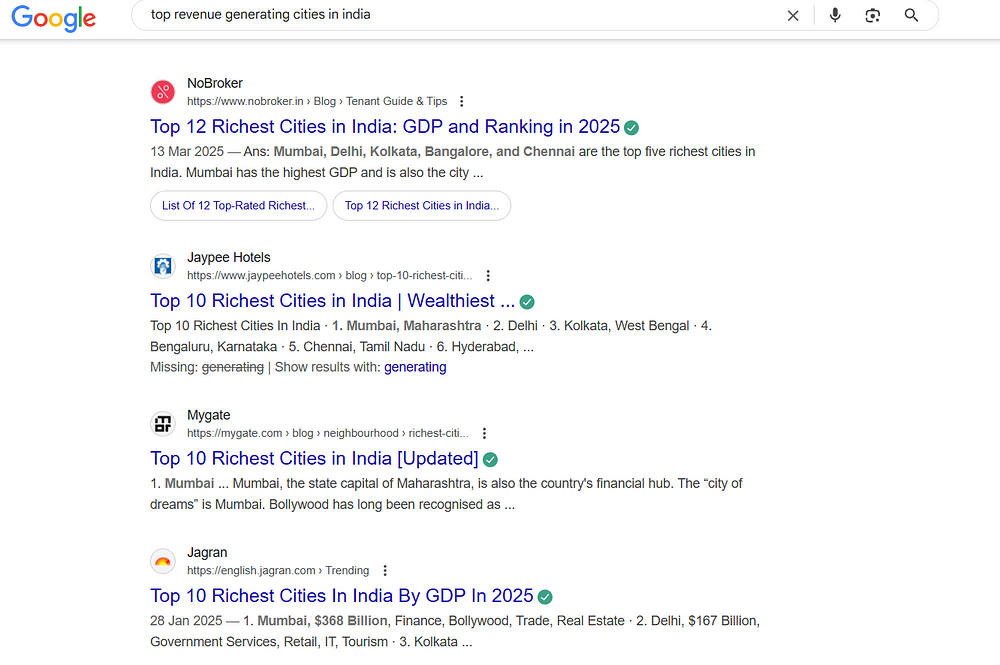
Search Engine Optimization (SEO) as a Major Industry: Because visibility on the first page of Google was crucial for businesses and content creators, an entire industry blossomed around “SEO.” This involved optimizing websites with keywords, building backlinks, and structuring content to rank higher in Google’s results. Google became the primary gatekeeper for organic traffic to websites.
Google as the Starting Point for Information: For almost any question, research task, or product search, the first instinct for billions of people was to open a web browser and go to https://www.google.com/search?q=google.com. It was the undisputed information portal.
Advertising-Driven Monetization: Google’s massive success was built on its ad platform (AdWords, now Google Ads). Advertisers paid to have their links appear prominently at the top or sides of search results, allowing Google to offer its core search service for free.
This era, while incredibly successful and transformative, was not without its limitations. It often required users to sift through multiple links, deal with ads, and sometimes navigate irrelevant content to find the precise answer they sought.
The Accelerating Forces of Change: Why Some Say “Yes, This Era is Ending”
The sentiment that the traditional Google Search era is drawing to a close is driven by several powerful and interconnected technological and behavioral shifts:
1. The Generative AI Revolution: Direct Answers Over Links
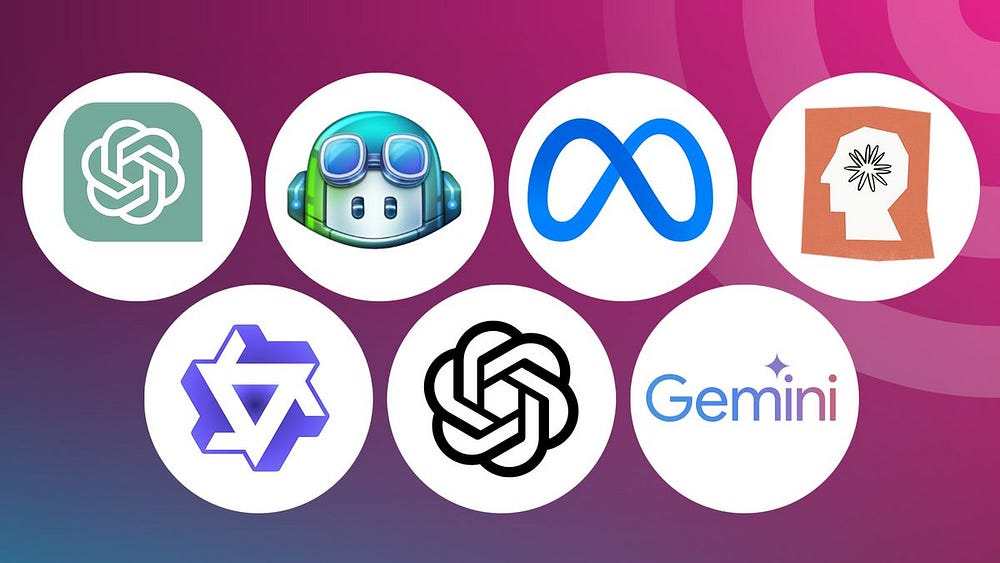
The emergence of Large Language Models (LLMs) like OpenAI’s ChatGPT, Google’s Gemini, Anthropic’s Claude, and Microsoft’s Copilot has fundamentally altered how users can get answers. These AI models can:
- Provide Direct Answers: Instead of a list of links, they can synthesize information from vast datasets to give you a direct, concise answer to your question in natural, conversational language. For example, asking “Explain quantum entanglement in simple terms” might yield a clear explanation immediately, without needing to click through physics websites.
- Generate Content: They can write essays, compose emails, brainstorm ideas, and even generate code, reducing the need to search for examples or templates online.
- Summarize Information: They can digest long articles or documents and present key takeaways, saving users significant time.
- Engage in Conversational Dialogue: Users can have an ongoing conversation, refining their questions and getting follow-up details, much like talking to a knowledgeable assistant.
This shift means that for a growing number of queries, users might never need to visit a traditional search engine or click a link. They get what they need immediately from the AI. This is a direct challenge to the “ten blue links” model.
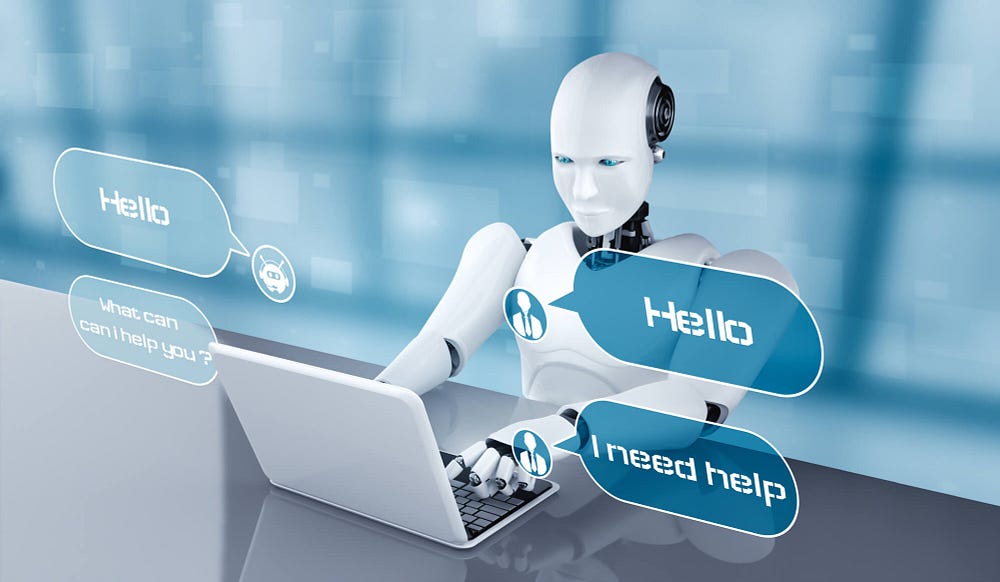
2. Google’s Own Acknowledgement: The Search Generative Experience (SGE)
Even Google itself recognizes this profound shift. Their response, the Search Generative Experience (SGE), which is now rolling out more broadly as “AI Mode” in Google Search, is a clear signal that the company is moving beyond its traditional search interface. SGE (or AI Mode) integrates generative AI directly into the search results page, often providing:
- AI-Powered Overviews (or AI Mode answers): A prominent, AI-generated summary or answer at the top of the search results, often before any traditional links. This is the “zero-click” experience where the user gets an answer directly on the search results page.
- Contextual Follow-up Questions: SGE might suggest related questions the AI can answer, encouraging a more conversational search experience.
- Integration with Other Google Products: Seamlessly pulls in information from Maps, Shopping, and other Google services, allowing for more comprehensive AI-driven answers.
- Agentic Capabilities: More advanced features are emerging that allow the AI to perform tasks like booking appointments, filling out forms, or even completing transactions directly from search.
By placing AI-generated content front and center, Google is implicitly acknowledging that for many queries, users prefer a direct answer over a list of websites. This evolution, while strengthening Google’s position in the AI era, simultaneously marks a departure from its original search paradigm. The “end of an era” for the old Google Search is being orchestrated, in part, by Google itself. Recent reports confirm that Google has started rolling out “AI Mode” to all users in the U.S., making this shift a widespread reality.
3. The Rise of Niche AI Tools and Vertical Search
The internet is becoming increasingly specialized. Beyond general web search, dedicated AI tools and platforms are emerging that offer superior experiences for specific types of information:
- Travel Planning AIs: Can create itineraries, book flights, and recommend hotels based on complex preferences better than a general web search.
- Recipe & Cooking AIs: Can adapt recipes to dietary needs, suggest substitutions, and build meal plans.
- Coding Assistants: Tools like GitHub Copilot generate code directly, making developers less reliant on searching for code snippets.
- Research Assistants: AI tools specifically designed to sift through academic papers or legal documents, far more efficiently than standard web search for complex research.
These specialized AI applications offer a depth of knowledge and functionality that a general web search engine cannot easily replicate, drawing users away from the broad “Google it” habit for specific needs.
4. The “TikTok-ification” of Discovery: Visual & Social Search
For younger demographics, and increasingly for everyone, social media platforms and short-form video apps are becoming primary engines for discovery, entertainment, and even information retrieval.
- TikTok and Instagram: Users discover new products, places, trends, and even how-to guides through short videos and influencer content. For recommendations (e.g., “best coffee shops in New York”), many now turn to these platforms for authentic, visual reviews rather than text-based blog posts found on Google.
- Reddit and Forums: For specific niche questions, troubleshooting, or personal experiences, users often go directly to specialized subreddits or online communities, leveraging collective human intelligence and discussions.
- YouTube: Already a massive search engine in itself, YouTube is the go-to for video tutorials, product reviews, and visual demonstrations, often bypassing text-based search entirely.
This shift means that for a growing segment of queries and discovery needs, Google Search is simply no longer the first, or even the preferred, port of call. Studies in 2025 have shown that a significant percentage of Gen Z and Millennials prefer social media for discovery.

5. The Push for Privacy and Federated Search
Concerns about data privacy and the centralization of information power have also led to interest in alternative search models. While not yet mainstream, concepts like federated search (where multiple independent search engines or databases cooperate) and privacy-focused search engines (which don’t track user data) represent a philosophical challenge to the monolithic, data-hungry model of traditional Google Search.
Not So Fast: Google’s Enduring Strengths and Adaptability
Despite these powerful shifts, proclaiming the absolute “end” of Google Search might be premature. The company possesses immense strengths and a proven track record of adaptability:
1. Unparalleled Web Index and Real-Time Information:
No AI model or alternative search engine comes close to Google’s comprehensive index of the entire internet. It has hundreds of billions of pages constantly crawled and updated. When it comes to finding brand new information, breaking news, or very specific, obscure web pages, Google’s traditional index remains king. LLMs are primarily trained on historical datasets and can sometimes “hallucinate” or provide outdated information; Google Search, backed by its real-time indexing, is designed for factual, verifiable, and current information. In March 2025, search engines still commanded significantly more daily visits than AI chatbots (a 24x gap).
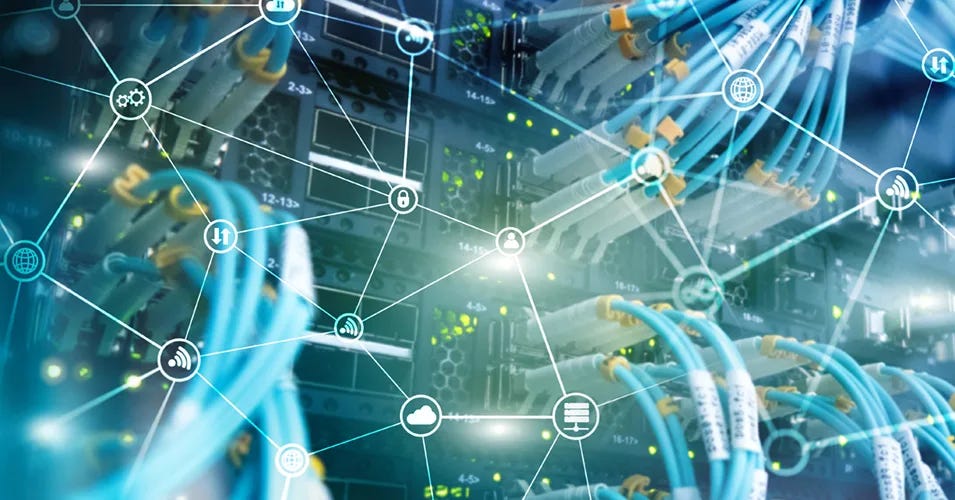
2. Trust and Authority (for now):
For many critical searches — medical symptoms, legal information, financial advice, or official government information — users still gravitate towards Google. Despite challenges with misinformation, decades of use have built a significant level of trust that alternatives have yet to fully replicate. The perceived authority of a source remains crucial.
3. Sophisticated Algorithms Beyond Simple Keywords:
It’s easy to forget that Google’s search algorithms have long incorporated advanced AI and machine learning, even before the current LLM boom. Features like RankBrain, BERT, and MUM have allowed Google to understand search intent, handle complex queries, and identify relationships between concepts far beyond simple keyword matching. The “old” Google was already highly intelligent, and its continuous updates prove its technological prowess.
4. The Vast Google Ecosystem:
Google Search isn’t an isolated product; it’s intricately woven into a sprawling ecosystem that includes Gmail, Google Maps, YouTube, Android, Google Chrome, Google Ads, and countless other services. This deep integration creates a powerful network effect. When you search for a restaurant, Maps integration is seamless. When you search for a product, Google Shopping appears. This comprehensive utility makes it incredibly sticky for users.
5. Proven Adaptability:
Google has weathered many storms and adapted to numerous shifts in the internet landscape. From mobile-first indexing to semantic search, from voice search to featured snippets, Google has consistently evolved its algorithms and interface to meet changing user needs and technological advancements. The development of SGE/AI Mode is just the latest, and most significant, example of this adaptability. They are not merely reacting; they are actively shaping the future of search.
6. Robust Monetization Model:
Google’s advertising platform is incredibly robust and profitable. This revenue stream provides the vast resources necessary for continuous research and development, allowing Google to invest billions in AI, infrastructure, and talent to maintain its leadership position. This financial muscle is a significant advantage over many smaller, emerging competitors. As of February 2025, Google still holds over 90% of the global search engine market share, demonstrating its continued dominance.
The “New Era”: What Does Information Discovery Look Like Now and Next?
If the traditional Google Search era is concluding, what kind of era are we entering? It’s likely not a sudden demise but a profound transformation into something more dynamic and multifaceted:
The Hybrid Search Experience: The future will likely be a blend of generative AI answers and traditional links. For some queries, an AI summary might be enough. For others, particularly those requiring deep dives, cross-referencing, or original source material, links will remain essential. Google’s SGE/AI Mode already points to this hybrid model. Publishers and content creators may see fewer clicks for informational queries as AI provides direct answers.
Conversational and Contextual Search: Users will increasingly expect to interact with search engines conversationally, asking follow-up questions and getting results that are highly personalized and contextually aware based on their location, past interactions, and stated preferences. Google’s AI Mode will leverage personal context, including past searches and (optionally) Gmail, to tailor results.
Multi-Modal Dominance: Search will extend far beyond text. Searching with images (“What is this plant?”), voice commands (“Find me Italian restaurants near me with outdoor seating”), and even video clips (“Show me how to fix this part of my car”) will become standard, with AI understanding and responding across these different modalities. Google Lens is an example of this in action.
Blurring Lines Between Search and AI Assistants: The distinction between a search engine, an AI assistant, and a productivity tool will become increasingly blurred. Your “search” might lead directly to an action (booking an appointment, sending an email) or a generated output (a summary report, a creative piece). Agentic AI capabilities will be key here.
Challenges and Opportunities for Content Creators: SEO will evolve dramatically. Ranking for “blue links” might become less crucial if AI overviews satisfy many queries. Content creators will need to focus on generating high-quality, verifiable information that AI models can accurately synthesize, while also exploring new ways to gain visibility (e.g., through direct interaction with AI, optimizing for AI summaries, or by providing content uniquely suited for multi-modal search). Building strong brand authority and creating content that demonstrates E-E-A-T (Experience, Expertise, Authoritativeness, and Trustworthiness) will be more critical than ever.
Diversified Starting Points for Information: While Google will remain dominant, users will have more viable “first stops” for information. AI chatbots for brainstorming, social media for trends, specialized apps for specific needs, and traditional search for broad web discovery.
Conclusion: Not an End, But a Profound Transformation
To declare “Google Search is an end of an era” is both provocative and, in a literal sense, incorrect. Google Search, the company, and its core service are not disappearing. Reports from May 2025 confirm Google’s continued evolution, not its demise.
However, if “an era” refers to the specific paradigm of pure keyword search, the unchallenged dominance of the “ten blue links” as the primary interaction model, and Google as the singular, undisputed starting point for all online information discovery — then, yes, that era is undeniably drawing to a close. We are witnessing a profound transformation of how we find and interact with information online.
This isn’t a funeral for Google, but rather its most significant metamorphosis since its inception. The next era of information discovery will be defined by the seamless integration of generative AI, multi-modal interactions, personalized experiences, and a more diverse landscape of tools and platforms. Google, with its immense resources and adaptability, is actively shaping this new era, but it will be an era where “to Google it” might mean something very different, and perhaps, for some queries, it might not be the only, or even the first, thing we do. The future of finding information is here, and it’s more dynamic, intelligent, and exciting than ever before.
Sources: dailysabah.com, tierpoint.com, wikipedia.com, pureseo.com, techradar.com
Authored by: Shorya Bisht

